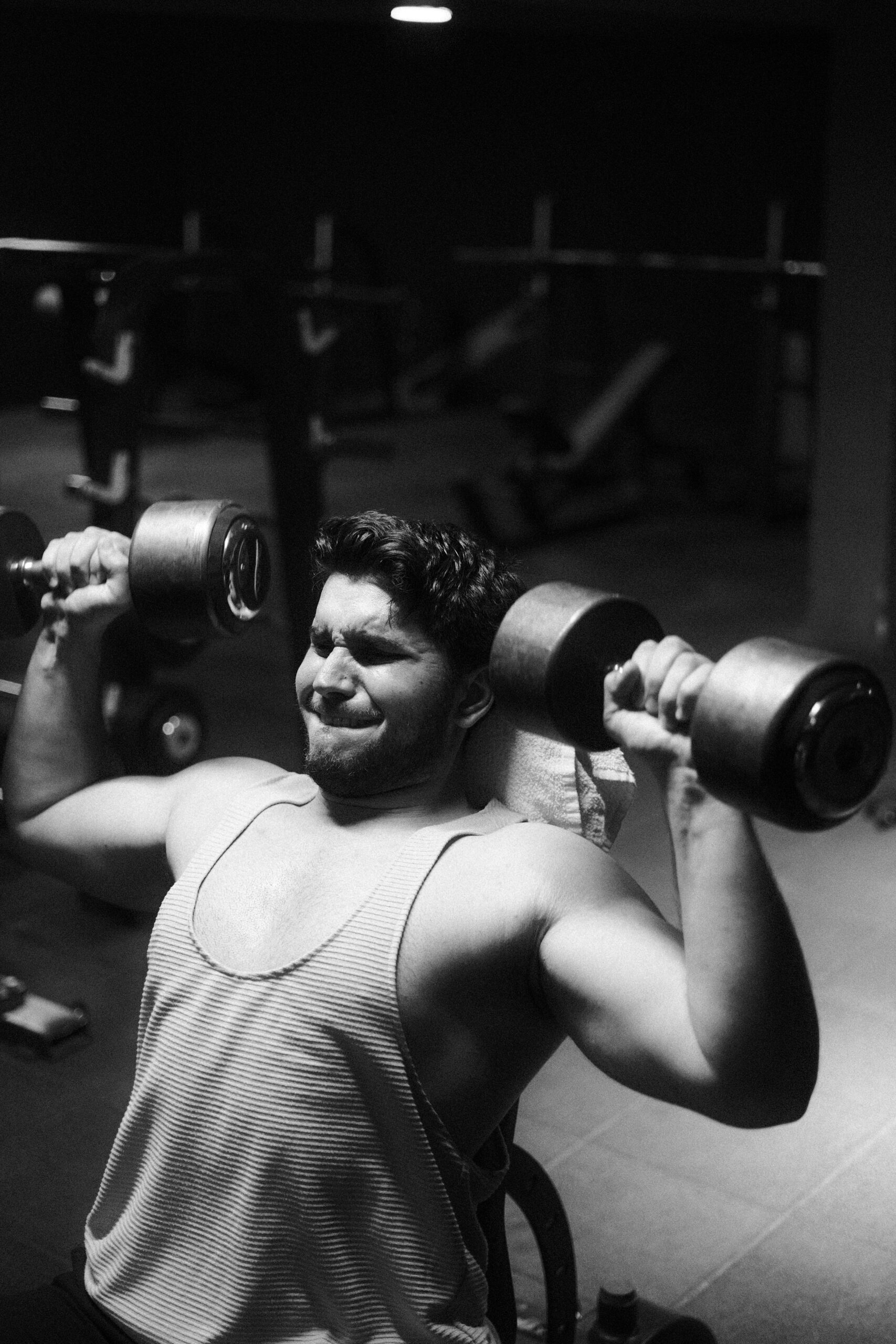You may have heard of Kinesiology before, but do you really know what it is? In short, Kinesiology is the study of movement and the various factors that influence it. From analyzing body mechanics to understanding the role of muscles and joints, Kinesiology delves into the intricacies of human movement. This fascinating field not only helps professionals in the realms of sports and rehabilitation but also provides valuable insights into overall health and well-being. So, whether you’re an athlete looking to improve performance or simply curious about how your body moves, Kinesiology offers a world of knowledge waiting to be explored.
What is Kinesiology?
Kinesiology is the study of human movement, encompassing various disciplines such as anatomy, physiology, biomechanics, and psychology. It explores how the body’s muscles, joints, and nerves work together to generate movement and maintain balance. Kinesiologists, professionals in the field of kinesiology, apply their knowledge to enhance physical performance, prevent injuries, and promote overall well-being.

History of Kinesiology
The roots of kinesiology can be traced back to ancient civilizations such as ancient Greece and Egypt, where physical activities and exercises were recognized for their health benefits. However, it wasn’t until the late 19th and early 20th centuries that kinesiology as a formal field of study started to emerge. Pioneers like George H. Martin and Dudley Allen Sargent extensively researched the science of movement and laid the foundation for the development of kinesiology as we know it today.
Principles of Kinesiology
Kinesiology operates on several core principles that guide its practices and applications. Understanding these principles is crucial for professionals in the field to effectively assess, analyze, and intervene in movement-related issues. Some of these key principles include:
-
Biomechanics: Kinesiology studies how forces acting upon the body affect movement and how different body structures interact during physical activity.
-
Motor Control: This principle focuses on how the central nervous system coordinates and controls movements, including the roles of sensory receptors, reflexes, and feedback mechanisms.
-
Exercise Physiology: Kinesiology incorporates knowledge from exercise physiology to understand the physiological responses and adaptations that occur in the body during physical activity.
-
Anatomy and Physiology: The study of kinesiology heavily relies on a thorough understanding of the body’s structure, including bones, muscles, joints, and their respective functions.
Applications of Kinesiology
Kinesiology has a wide range of applications in various fields, including sports, rehabilitation, ergonomics, and occupational health. By understanding the mechanics of movement, kinesiologists can analyze and improve human performance, prevent injuries, and develop effective strategies for recovery and rehabilitation.
Kinesiology in Sports
In the realm of sports, kinesiology plays a vital role in optimizing athletic performance. Kinesiologists work closely with athletes, providing biomechanical analysis to identify areas of improvement in technique and motion efficiency. By incorporating this knowledge, athletes can enhance their speed, agility, and overall performance.

Kinesiology in Rehabilitation
Kinesiology is commonly employed in the rehabilitation of injuries or medical conditions that affect movement and physical function. Through the application of therapeutic exercises and movement analysis, kinesiologists develop personalized treatment plans to restore mobility, improve strength and flexibility, and facilitate the recovery process.
Kinesiology in Ergonomics
Ergonomics is the science of designing and arranging work environments to fit the capabilities and limitations of individuals. Kinesiologists contribute to this field by analyzing the physical demands of tasks, suggesting modifications, and implementing ergonomic solutions to prevent musculoskeletal disorders and improve overall workplace safety.

Common Kinesiology Techniques
Kinesiology utilizes a variety of techniques to assess, analyze, and enhance movement. Some commonly used techniques include:
-
Electromyography (EMG): This technique measures and records muscle activity during physical tasks, providing valuable information about muscular recruitment patterns and imbalances.
-
Gait Analysis: By analyzing an individual’s walking or running pattern, kinesiologists can identify any abnormalities or inefficiencies and develop interventions to improve gait mechanics.
-
Range of Motion Testing: Range of motion assessments evaluate the flexibility and joint mobility of an individual, helping identify any limitations that may affect movement and function.
Ethical Considerations in Kinesiology
As with any profession, kinesiology has ethical considerations that professionals must adhere to. Kinesiologists are responsible for maintaining a high standard of professionalism, ensuring client privacy and confidentiality, obtaining informed consent, and practicing within their competencies. They should also prioritize the well-being and safety of their clients, acting in their best interest and respecting their autonomy.
Future Trends in Kinesiology
The field of kinesiology is continually evolving, driven by advancements in technology, research, and societal demands. Some notable future trends in kinesiology include:
-
Wearable Technology: The integration of wearable devices, such as fitness trackers and smart clothing, allows for real-time monitoring of movement and performance, providing valuable feedback for both athletes and individuals seeking to improve their physical well-being.
-
Virtual Reality and Augmented Reality: The use of virtual and augmented reality technologies holds great potential for enhancing rehabilitation and training programs. These immersive technologies can simulate real-world scenarios and provide interactive experiences, aiding in movement relearning and skill development.
-
Genetic Testing: With advancements in genetic testing, kinesiologists may soon be able to provide personalized exercise and training programs tailored to an individual’s specific genetic makeup, optimizing performance and promoting overall health.
In conclusion, kinesiology is a multidisciplinary field that explores the science of human movement. From its historical roots to its modern applications in sports, rehabilitation, and ergonomics, kinesiology continuously contributes to enhancing physical performance, preventing injuries, and improving overall well-being. With ongoing advancements and ethical considerations, kinesiologists are poised to shape the future of movement science and positively impact individuals’ lives.
